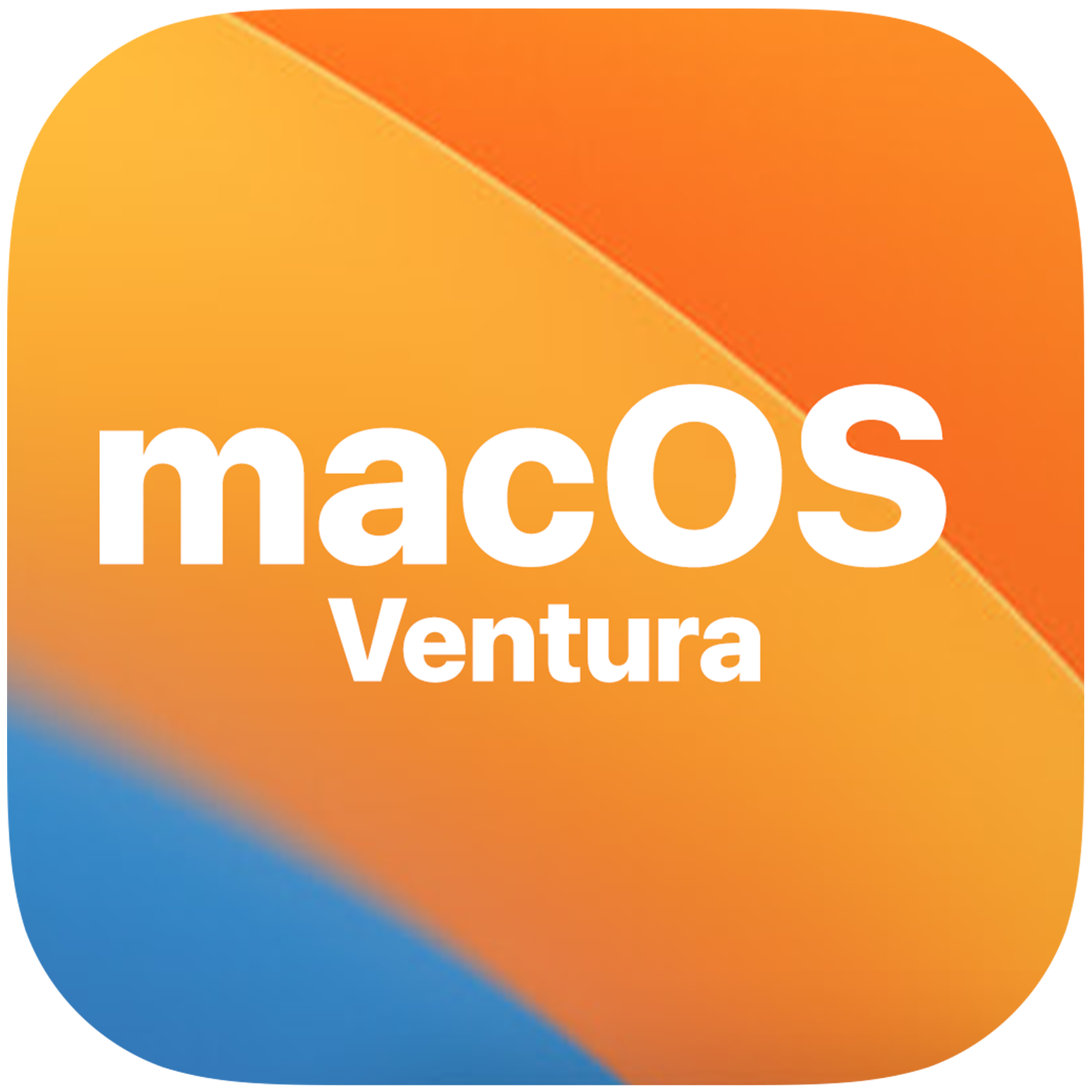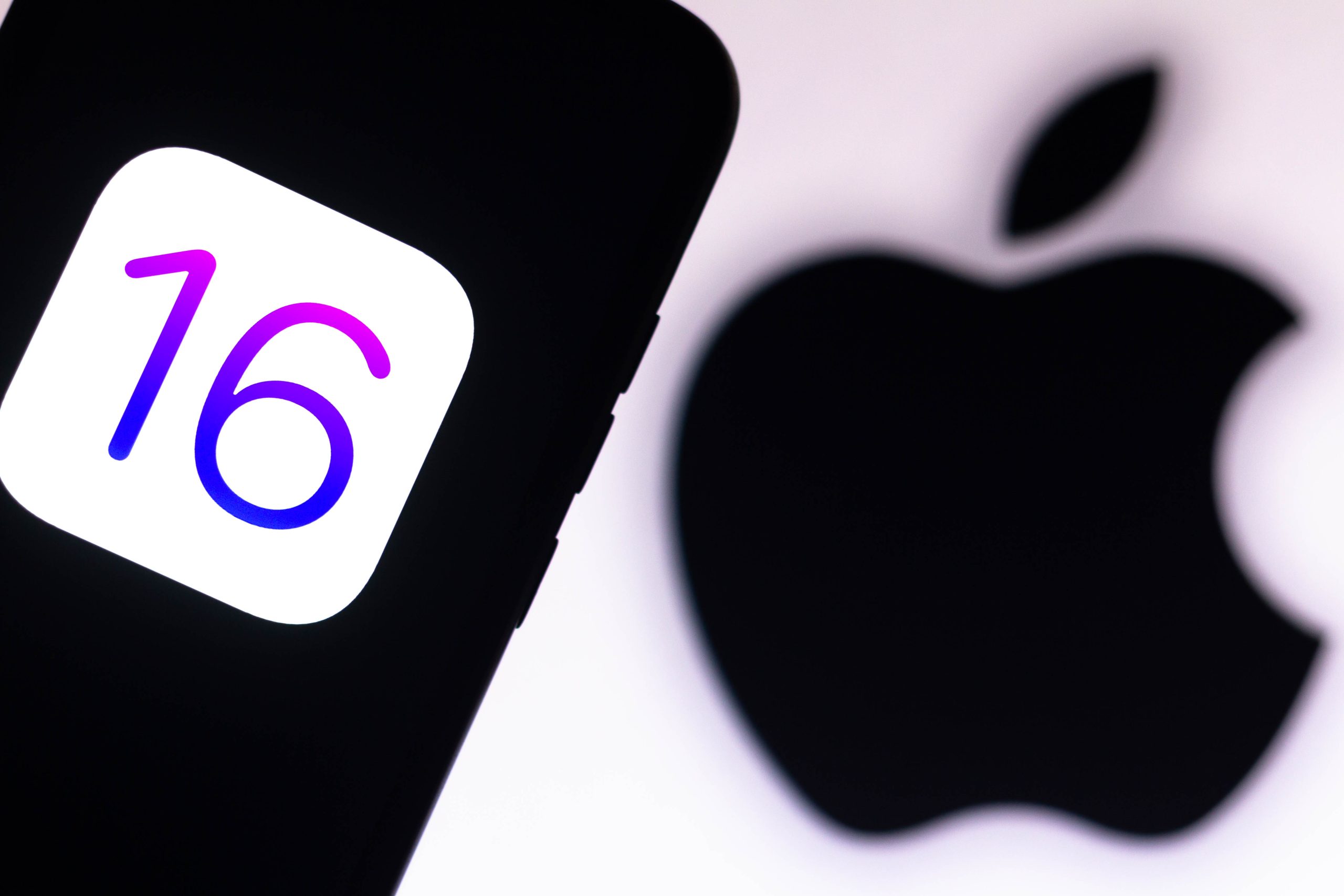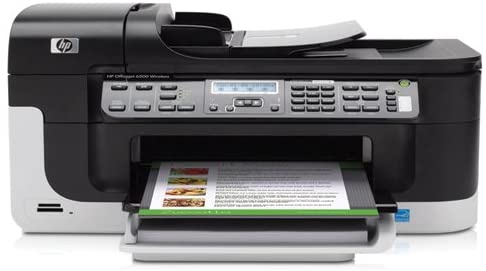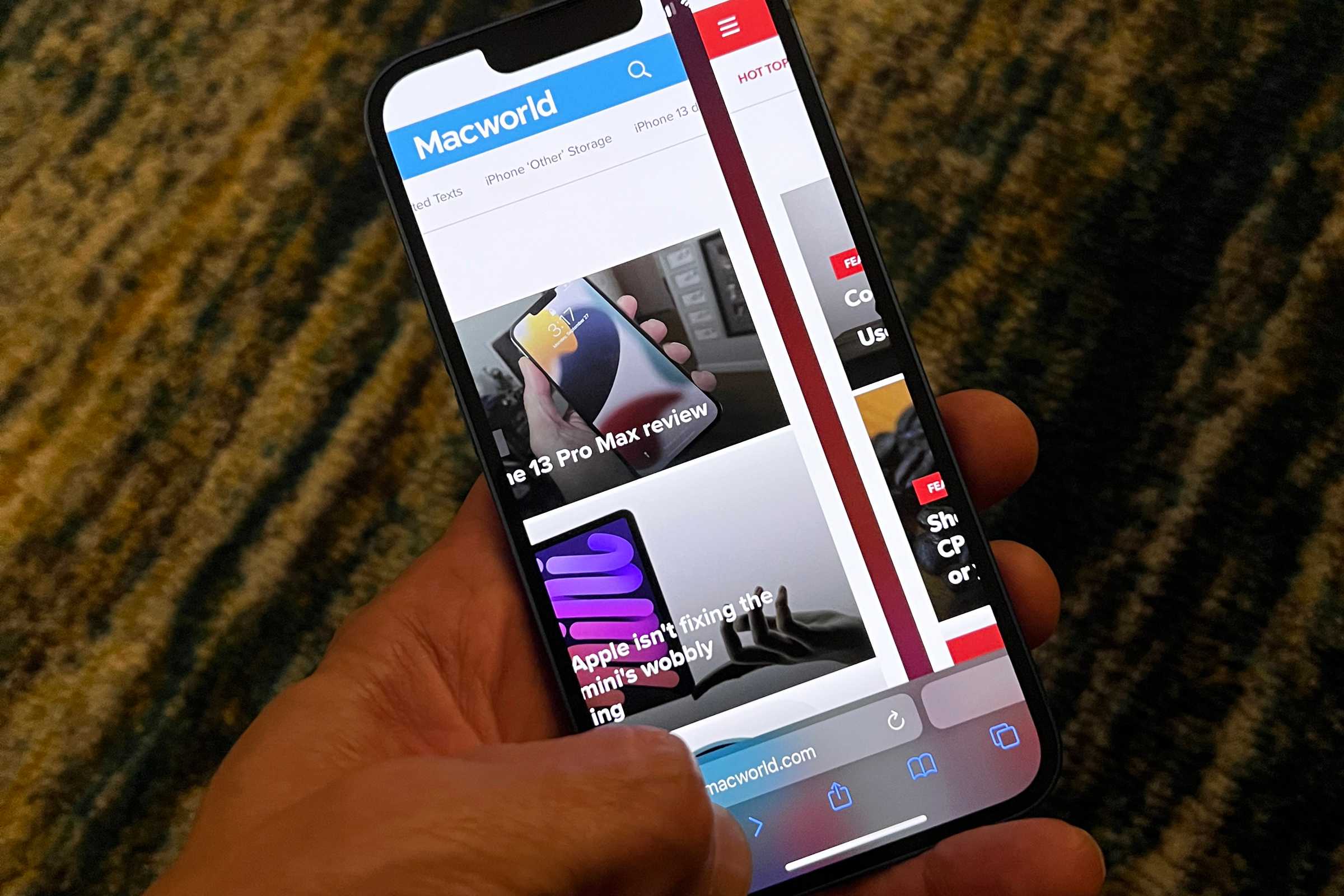Before we dive into the steps for installing Homebrew on MacOS Ventura, let’s cover some essential points:
- Compatibility: Homebrew works seamlessly on both Intel and Apple Silicon chips(M1/M2 Macs).
- Supported macOS Versions: You can install Homebrew on macOS Big Sur and later.
- Prerequisite: You’ll need Xcode installed on your Mac.
For a long time, Mac users struggled with a lack of a standardized method for installing command-line tools. However, with Homebrew, that frustration is a thing of the past. Homebrew provides an elegant solution for effortlessly installing third-party software on your Mac. It grants access to a vast library of open-source tools that can empower you to customize your system and enhance productivity. In this article, we’ll guide you through the process of installing Homebrew on your Mac running MacOS Ventura [2023].
What Is Homebrew on Mac?
Homebrew is a lightweight open-source software package management system designed specifically for Mac. It simplifies the process of installing and managing a wide range of command-line utilities and applications on your Mac. In the words of it’s creators, “Homebrew is software that installs the stuff you need, but Apple didn’t”.
With it’s user-friendly interface, Homebrew offers a comprehensive collection of packages that can be effortlessly installed and updated using straightforward commands. This ease of use is perfect for those who want to keep their software up-to-date without complications.
Homebrew allows you to install and manage essential tools and libraries like Git, Python, Node.js, PHP and more with a simple command-line interface. It’s also highly customizable, enabling you to tailor the installation process to meet your specific needs. As a result, you can streamline your workflow and boost overall productivity.
Benefits of Using Homebrew on Mac
Ease of Installation: Installing Homebrew on your Mac requires just a few simple Terminal commands.
Effortless Software Management: Homebrew simplifies the process of updating, installing and uninstalling software on your Mac.
Centralized Software Repository: It maintains a centralized repository of software packages, making it easy to find and install the software you need.
Open Source: Homebrew is an open-source package manager, ensuring active maintenance and contributions from the community.
Time-Saving: Homebrew automates downloading, compiling and installation, eliminating the need to hunt down software installers and manually run installation procedures.
Version Control: You can choose which version of a software package to install and customize the installation.
Security: Designed to be secure, Homebrew doesn’t require root access for software installation, enhancing security and reducing vulnerabilities.
Requirements to Install Homebrew on Mac
Before we proceed with the installation process, let’s make sure your Mac meets the essential prerequisites:
- CPU: 64-bit Intel, Apple Silicon(M1/M2)
- macOS: MacOS Big Sur or later
- Command Line Tool(CLT): Xcode
- Shell: Bash(Bourne-again shell)
How to Install Homebrew on Mac
Now that you’ve confirmed your Mac meets the requirements, let’s explore the detailed steps to install Homebrew:
Installing Homebrew on Mac involves entering multiple lines of code in the Terminal. Ensure you follow these instructions carefully.
Step 1: Install Command Line Tools for Xcode
Xcode is a native Integrated Development Environment(IDE) for macOS that provides essential tools for software development. Since Homebrew relies on command-line tools, you must install Xcode. Here’s how:
- Open Spotlight(Cmd(⌘) + Space Bar).
- Search for and open Terminal.
- Enter the following command:
xcode-select --installand press Return. - Follow the prompts to complete the installation.
Step 2: Get Homebrew on Mac
Now that Xcode is installed, you can proceed to install Homebrew on your Mac:
- Launch Terminal.
- Enter the following command:
/bin/bash -c "$(curl -fsSL https://raw.githubusercontent.com/Homebrew/install/HEAD/install.sh)"and press Return. - You’ll be prompted to enter your Mac password. Do so and press Return.
- Wait for the installation process to complete.
Once it’s finished, you’ll see an “Installation Successful” message on your screen.
Step 3: Set Homebrew Path
After installing Homebrew, configure the path to ensure smooth operation:
- Open Terminal.
- Copy and paste the following commands one by one, pressing Return after each:
cd /opt/homebrew/bin/
ls
PATH=$PATH:/opt/homebrew/bin
cd
touch .zshrc
echo export PATH=$PATH:/opt/homebrew/bin >> .zshrc
brew doctor
Step 4: Verify Homebrew Installation
To confirm that Homebrew is successfully installed on your Mac:
- Open Terminal.
- You can use any of these commands:
brew --vbrew -versionbrew doctor
You should see a message indicating that “Your system is ready to brew”. This means Homebrew is installed and functioning correctly.
How to Disable Homebrew Analytics
Homebrew collects data to improve user experience. If you wish to disable this feature, follow these steps:
- Open Terminal.
- Enter the command:
brew analytics off.
Installing Software Using Homebrew
With Homebrew successfully installed, you can easily add new software to your Mac:
- Open Terminal.
- Use the command:
brew install {packageName}. Replace{packageName}with the software you want to install. For instance, to install wget, usebrew install wget.
To see a list of installed packages, use the command: brew list.
Keeping Homebrew Up to Date
Regularly updating Homebrew is essential for security and compatibility:
- Open Terminal.
- Enter the command:
brew update.
This command not only updates Homebrew itself but also updates the packages you’ve installed through Homebrew.
How to Uninstall Homebrew from Mac
If you decide to remove Homebrew from your Mac:
- Open Terminal.
- Use the command:
/bin/bash -c "$(curl -fsSL https://raw.githubusercontent.com/Homebrew/install/HEAD/uninstall.sh)" - Type ‘y’ when prompted to confirm.
- Enter your Mac password.
- Homebrew will be successfully removed from your device.
To uninstall Homebrew non-interactively, use this command: NONINTERACTIVE=1 /bin/bash -c "$(curl -fsSL https://raw.githubusercontent.com/Homebrew/install/HEAD/uninstall.sh)".
How to Uninstall Homebrew Packages from Mac
If you want to keep Homebrew but remove specific packages:
- Open Terminal.
- Use the command:
brew uninstall {packageName}to uninstall a specific package.
FAQs
Is Homebrew necessary for Mac?
- Homebrew isn’t mandatory, but it’s a valuable tool for efficiently organizing packages and installing apps on your Mac.
Where is Homebrew installed on Mac M1?
- Homebrew on M1 Macs is typically installed in
/usr/local/homebrew.
Can I use Homebrew to install graphical applications?
- Yes, Homebrew can be used to install various graphical apps on your Mac.
Is Homebrew available for M2 Mac?
- Yes, Homebrew functions on M2 Macs with a few additional steps during installation.
There’s much more to explore with Homebrew…
Conclusion
Whether you’re a developer, sysadmin, or a regular Mac user, Homebrew is a powerful tool that can enhance your Mac experience. Don’t miss out on the convenience of having a straightforward method to install apps on your Mac. Give Homebrew a try today!
Experiencing difficulties with your Device, check out our “How To” page on how to resolve some of these issues.








